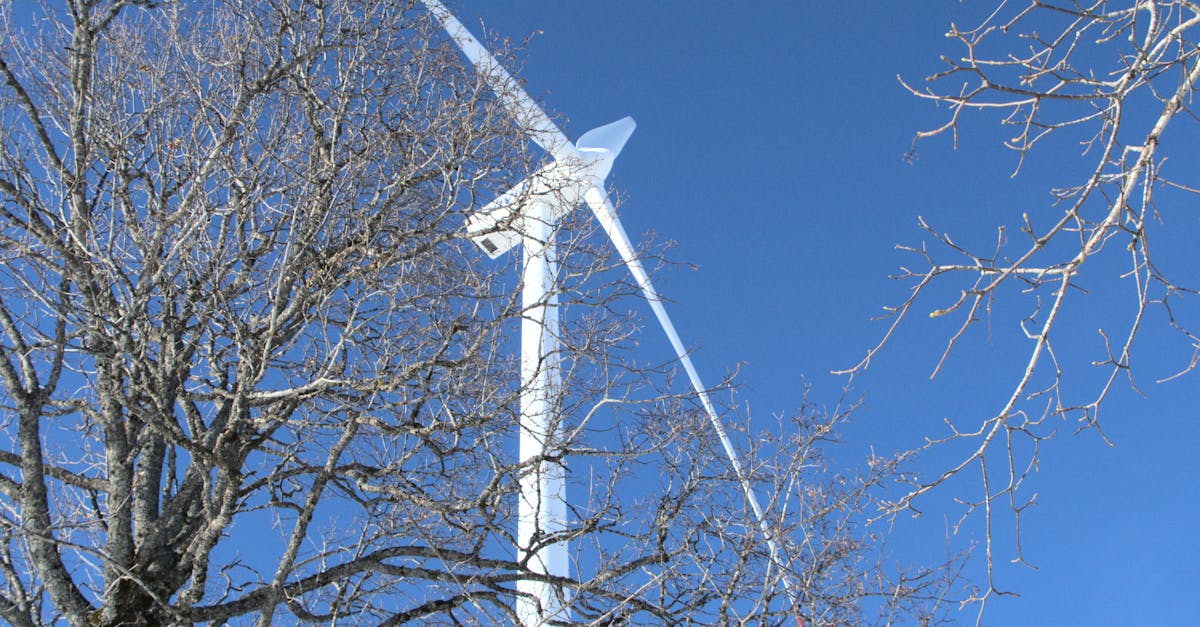Hawaii's businesses and residents face a significant financial burden due to exceptionally high electricity costs, as highlighted by a recent report revealing that residential electric bills are more than double those of states like New Mexico and Utah. This disparity raises concerns for entrepreneurs, investors, and the overall economic competitiveness of the islands. With monthly bills exceeding $200, as noted in the Hawaii Free Press report, the situation demands careful consideration and strategic responses.
The high cost of electricity in Hawaii is primarily attributed to the reliance on imported oil for power generation, alongside substantial fixed infrastructure costs. UHERO explains how electricity prices are influenced by oil prices and the expenses associated with power plants and the grid. This dependence exposes Hawaii to fluctuating global oil prices, intensifying financial pressures on businesses and households. Moreover, the existing infrastructure, aging power plants, and the need for renewable energy integration further contribute to elevated electricity rates.
High energy costs present a challenge for Hawaii's small businesses and startups, impacting operational expenses and profitability. Businesses must allocate a larger portion of their budget to utilities, diverting funds that could otherwise be used for expansion, innovation, or hiring. This cost burden may make it more difficult for local businesses to compete with mainland companies and attract investment, potentially slowing economic growth. The comparison with PG&E's rising rates further accentuates the issue. According to Hawaii Free Press, the PG&E rate was 21 cents per kilowatt hour back in 2019.
Addressing this issue requires a multi-faceted approach. Transitioning to renewable energy sources, such as solar, wind, and geothermal, could alleviate the dependence on oil and stabilize electricity prices. Policymakers, therefore, may consider incentives and support programs for renewable energy projects. Furthermore, upgrading the existing grid to increase efficiency and reduce transmission losses is essential. Promoting energy efficiency through conservation and smart grid technologies may also bring improvements. A Civil Beat article discusses the composition of electricity bills, with a significant portion related to non-fuel costs.
For entrepreneurs and investors, understanding these cost dynamics is crucial. Businesses can take steps like: assessing energy consumption, implementing energy-saving measures, and exploring opportunities to install solar panels or other renewable energy technologies. These steps could enhance profitability and decrease reliance on the volatile and high-cost energy market. Moreover, investors can examine the renewable energy sector in Hawaii for prospects.



